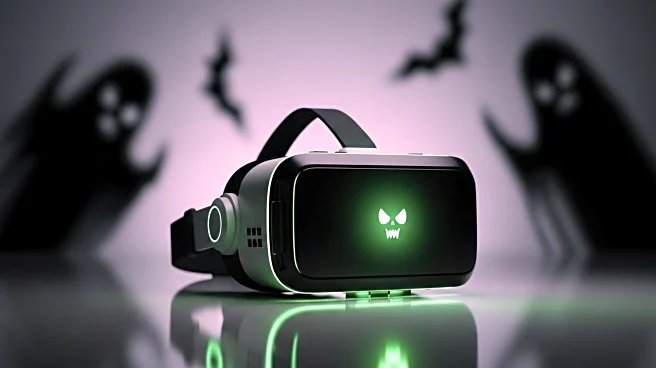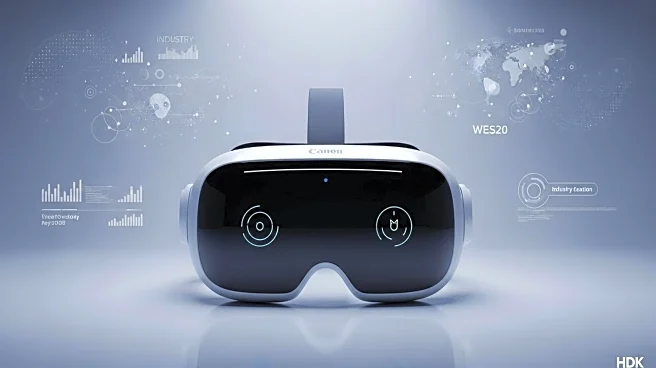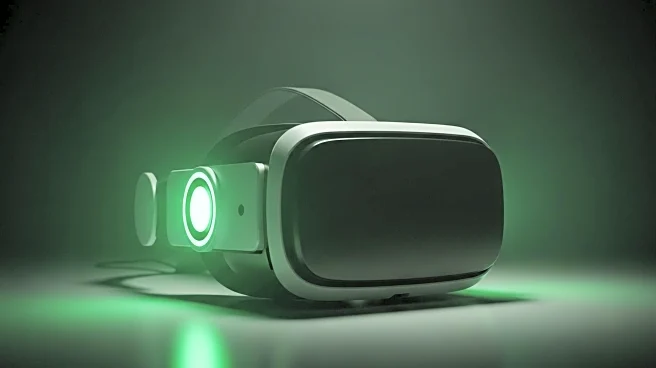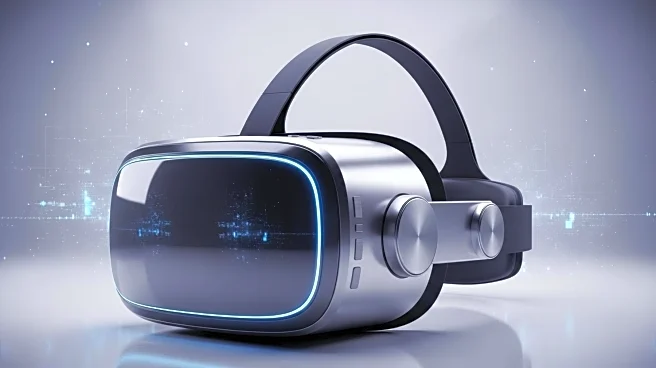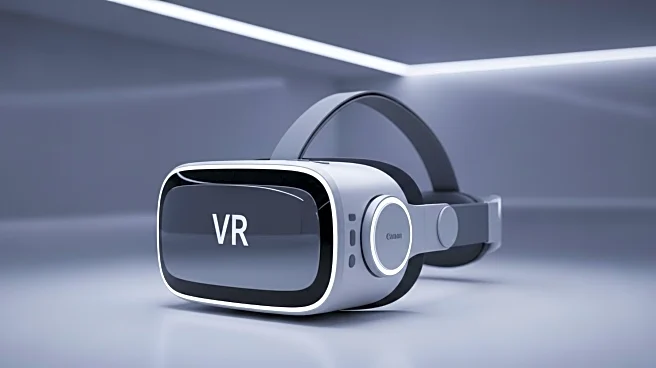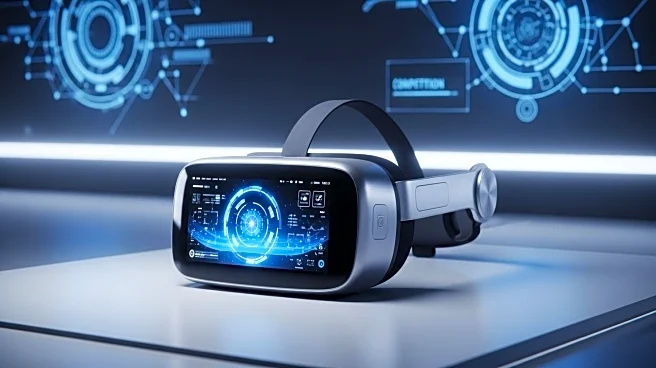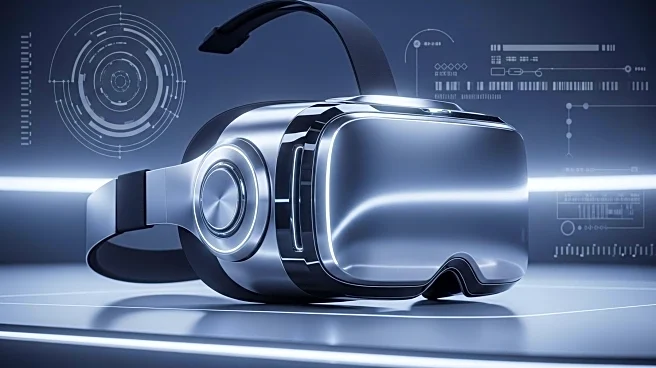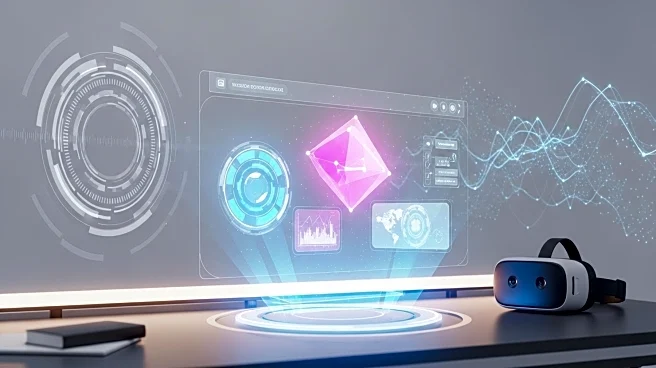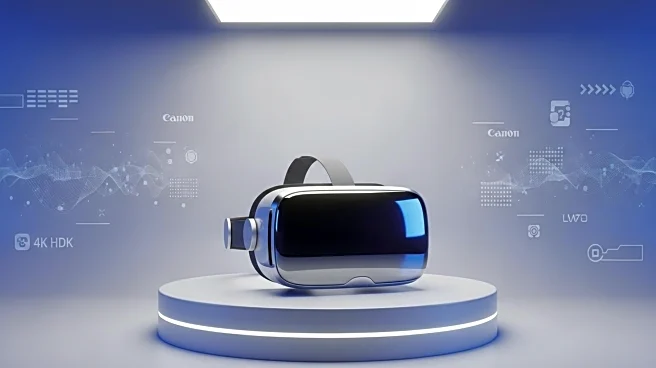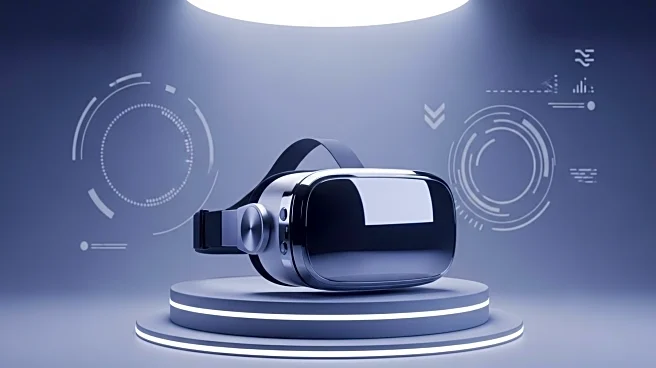What's Happening?
Meta has introduced a significant update to its Quest Browser, enabling instant WebXR Hit Testing for mixed reality object placement on Quest 3 and Quest 3S devices. This update utilizes Meta's Depth API, allowing developers to place virtual objects on real-world surfaces without requiring a Scene Mesh. Previously, developers needed to set up a Scene Mesh to determine real-world geometry intersections, which posed challenges if the mesh did not reflect changes in the environment. The Depth API provides real-time depth frames using computer vision algorithms, facilitating dynamic occlusion in mixed reality. This capability has been available to Unity developers through Meta's Mixed Reality Utility Kit and is now accessible to WebXR developers.
Why It's Important?
The enhancement of the Quest Browser with instant WebXR Hit Testing is a significant development for the mixed reality industry. By eliminating the need for a Scene Mesh, developers can create more seamless and dynamic mixed reality experiences, reducing setup friction and improving user engagement. This advancement is likely to accelerate the adoption of mixed reality applications, benefiting industries such as gaming, education, and virtual collaboration. Developers can now implement more interactive and responsive virtual environments, potentially leading to innovative applications and increased consumer interest in mixed reality technologies.
What's Next?
With the rollout of Horizon Browser 40.4, developers are expected to explore new possibilities in mixed reality applications, leveraging the Depth API for more dynamic and interactive experiences. As developers integrate this technology, there may be a surge in mixed reality content creation, driving further advancements in the field. Meta's continued investment in enhancing its mixed reality capabilities suggests ongoing updates and improvements, potentially expanding the functionality of its devices and attracting more developers to its platform.
Beyond the Headlines
The introduction of instant WebXR Hit Testing may have broader implications for the future of augmented and virtual reality. As technology becomes more accessible and user-friendly, it could lead to a shift in how people interact with digital content, merging physical and virtual worlds more seamlessly. This development may also influence the design of future devices, prioritizing real-time interaction and reducing barriers to entry for developers and users alike.

